There are many articles talking about how one can save $100k by the time they’re 30 years old. I was fortunate in the sense that by the time I was 30, I already had $200k in the bank.
Being successful in a sales job definitely helped my situation, especially with the commission payouts.
However, being on a variable income was not without its challenges. It felt like a financial roller coaster where I was drawing only my basic pay which was low enough that I could technically qualify for financial assistance for most months. But I’d receive commission payouts equivalent to a year’s basic pay in July and December.
Cashflow became an important consideration in my situation and here’s what I did to thrive on a commission-based income:
List down expenses
Identify what you spend on and prioritize! At that time, I only had things like transport, food, phone bill and my insurance premiums to worry about.
Once I identified the essentials, I added in luxuries like entertainment (movies, LAN gaming) and fun money for stuff like drinks at pubs. In doing so, I have clearly demarcated the “needs” from the “wants”.
This made it easy to make cuts when I was only drawing my basic salary.
Open a high interest bank account
If you’re leaving your money in a standard bank account with 0.05% interest rate, a simple switch to CIMB’s Fastsaver account can bump that up by 20 times to 1%.
That’s 20 months of interest in just one month! CIMB doesn’t have any hoops to jump through and you simply earn that higher interest by having money in that account. (Update: Interest rates hav dropped quite a bit in the wake of the pandemic, but they’re still significantly higher than 0.05%)
This is great if you’re getting a low basic pay like say $1800, you might not qualify for the special interest rates offer by the OCBC 360 account or the UOB One account which have a minimum salary credit and minimum spend requirement.
The downside of CIMB is that their ATMs are only located at their branches in Raffles Place and Orchard. But, that’s not necessarily a bad thing as you’ll see in my next point.
Pay yourself first
To deal with the inconvenience of not having ATMs readily available, I devised a system where all my money would go into my high interest CIMB account and I would transfer my budgeted expenses to my DBS account.

This ensured that the bulk of my money was generating a higher interest, while at the same time, keeping me to a budget as I only had access to ready cash via the DBS account.
The CIMB account was my “savings” account while the DBS account was my “expenses” account.
It becomes a whole lot easier to control spending when I could see my bank account depleting. This was almost like seeing the money physically disappear from my wallet, signalling the need to curb my spending.
If I spent lesser than the budgeted amount in my expense account, I allowed the money to roll over into a “slush fund” for discretionary spending or to tide me over during the slow months where I didn’t draw any commission payouts.
This allowed me to keep my savings relatively untouched.
A Final Word
The tactics I mentioned above only work if you have the discipline to stick to the plan. I wasn’t the most diligent and during months where my commission payouts were like 10 – 20 times my basic salary, I went out to splurge $1800 on a used Omega watch and even spent a few thousand dollars on dive trips to the Maldives and Sipadan.
Fortunately, for me, my lapses in self-control were few and far between, saving me from having to live pay cheque to pay cheque while on a variable income.
TL;DR Budget your expenses, open a high interest bank account, pay yourself first and stick to the plan!
View this post as a slide deck.
Update: Since writing this article, I’ve increased my networth to $500k. Watch this video where I share my journey from 31 points at O levels to $500k networth
